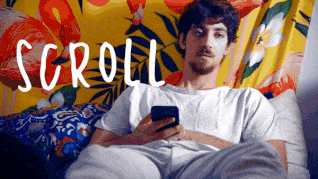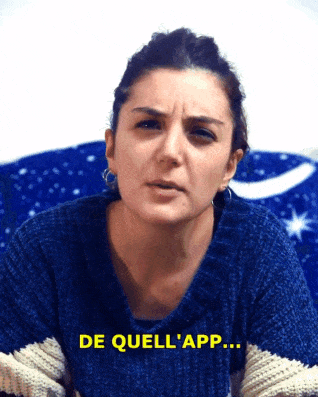project background
Kinda is a dating app that uses AI to match users based on compatibility and allows for "blind" conversations where profiles are hidden. At the end of a set time period, users can choose to reveal their profiles and continue chatting. This unique feature encourages users to focus on getting to know each other rather than basing interactions on physical attraction.
design goal
To create a fun and immersive card game that allows users to form meaningful connections with each other through engaging, AI-powered matchmaking and interactive features. The visual style should support this goal by being visually appealing and immersive.
my role
Research, UX, UI, Front-end developer
duration
Jan 2019 - Jan 2022
research
As the UX designer for Kinda, the first step in the research process is to define the research goals and objectives.
- Understanding the needs and preferences of the target audience for the app, including their attitudes towards online dating and the features they are looking for in a dating app
- Identifying any pain points or challenges that users currently face in the online dating process, and how Kinda can address these issues
- Gathering feedback on the overall concept and design of the app, including the "blind" chat feature and AI-powered matchmaking
To gather firsthand insights and feedback from potential users, I conducted user interviews and focus groups. These conversations allowed me to ask users about their attitudes towards online dating, their preferences for how they would like to connect with other users, and their overall impression of the Kinda concept.
In addition to primary research, I also conducted secondary research by reviewing existing research and data on the online dating industry and analyzing the performance and user behavior of similar apps.
This provided valuable context and helped inform the design and development of Kinda.
topic research
Based on my reading of academic research on dating apps, I have gathered a number of insights into user behavior. Some key behaviors that have emerged include:
People use dating apps for a variety of reasons, including seeking relationships, casual hookups, and friendship.
Men are more likely to use dating apps than women, although the gender gap has been closing in recent years.
Dating app users tend to be young, with a significant portion falling into the 18-29 age range.
Users tend to evaluate and rate potential partners based on their appearance, with physical attraction playing a significant role in the dating app process.
market research & competitive analysis
I conducted market research in order to understand dating apps standards and their key features.
1. With many dating apps, users are required to continuously evaluate and reject potential matches based on a limited amount of information and appearance. This can lead to "swiping fatigue," where users become overwhelmed or discouraged by the process.
2. Some dating apps rely on algorithms or limited profile information to match users, which can result in inaccurate or incompatible matches. This can lead to frustration and disappointment for users.
3. Dating apps allow users to connect with potential matches from anywhere at any time, making it easy to fit dating into their busy schedules.
4. Dating apps allow users to connect with a large pool of potential matches, increasing their chances of finding someone compatible
5. Some users may struggle to initiate or maintain conversations with potential matches, which can make it difficult to form meaningful connections through the app.
user interviews
300+ participants signed up for a 30 entry online survey about dating apps and Kinda solution's design to the problem.
73% of participants are unsatisfied of the dating app they have used
96% of participants have used a "swipe-like" app.
I conducted 50+ personal interviews asking for dating app experiences, thoughts and feelings surrounding the whole online dating experience.
90% of participants that never used a dating app would use Kinda
85% of total participants were most excited by the new experience offered by Kinda, and would like to use it.
persona
I combined my earlier research with data on existing dating apps in order to create a persona representative of the target market.
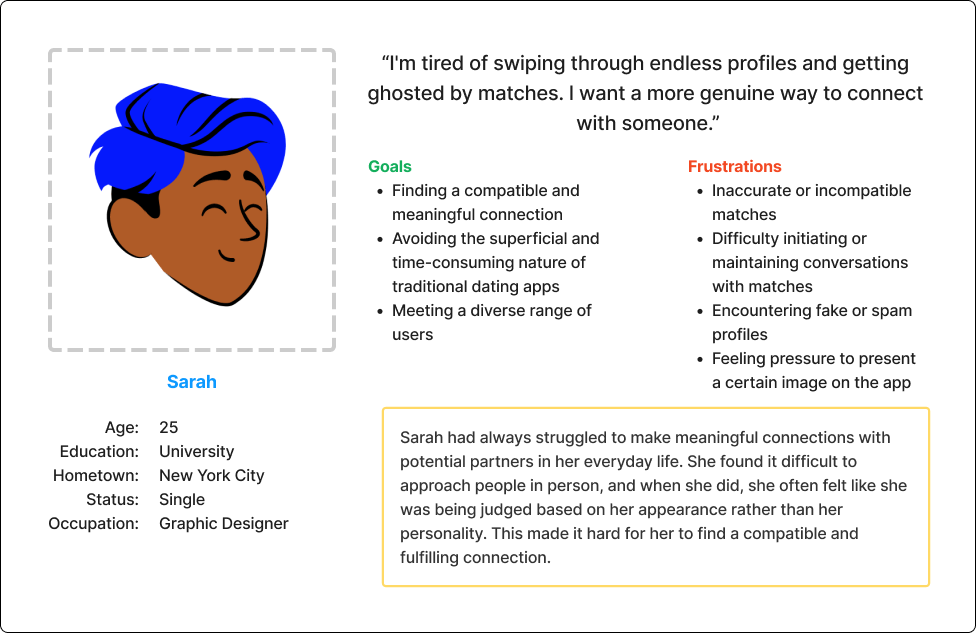
wireframes
sketches
A few early sketches with the design of different playing cards.
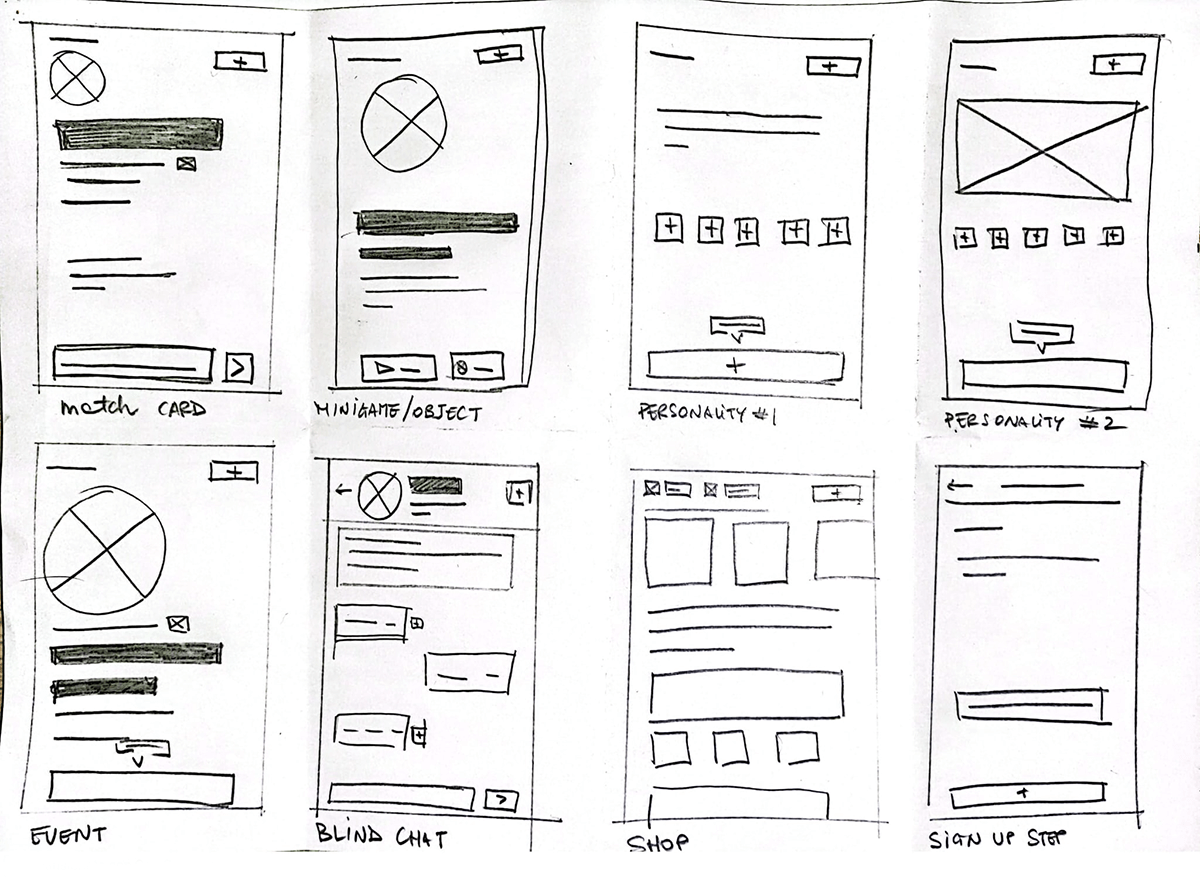
digital
I then adapted elements from my earlier sketches to create wireframes for cards and blind chat.
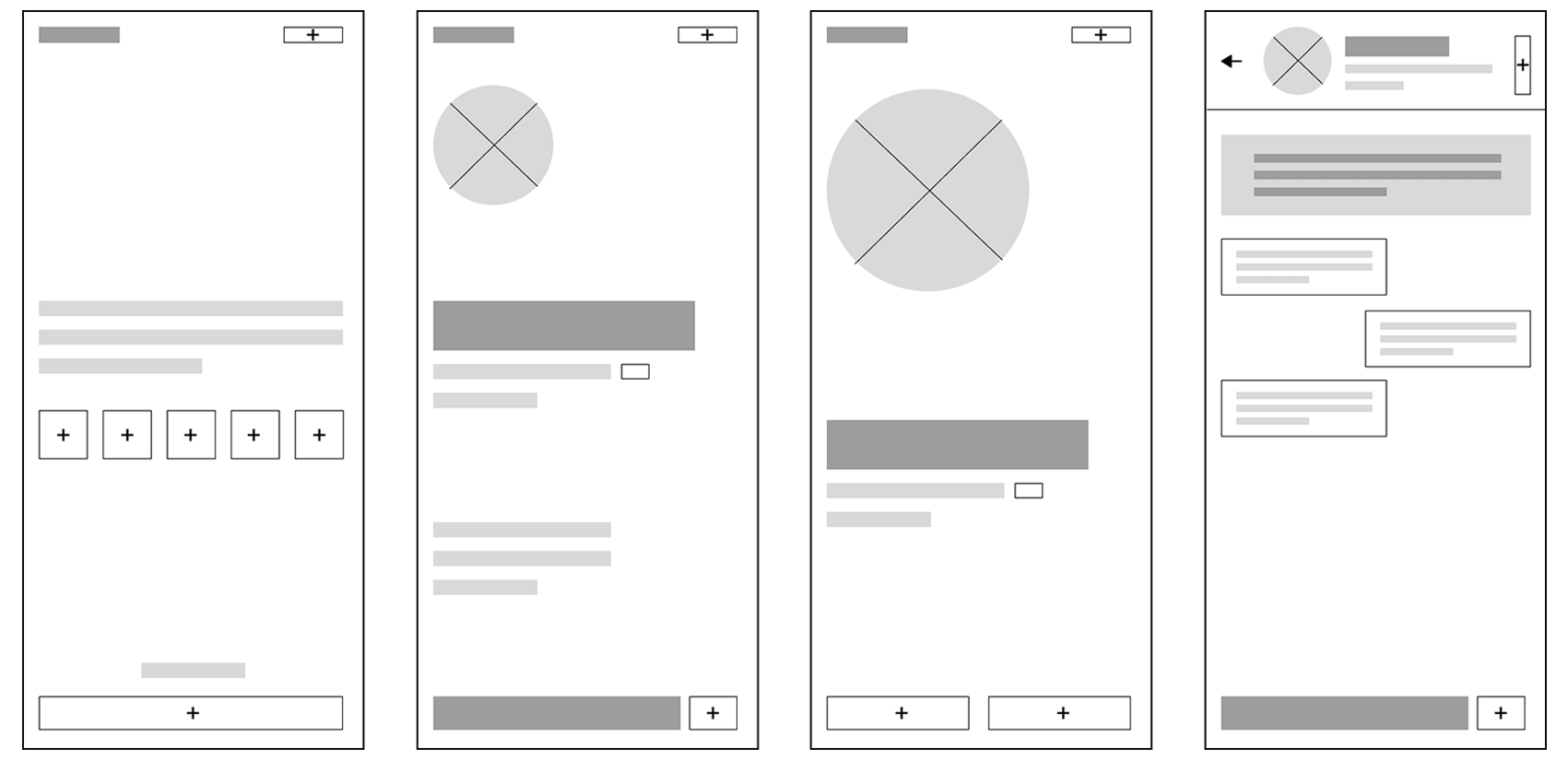
mockups
final draft
These mockups depict kinda card based system with basic app functionalities

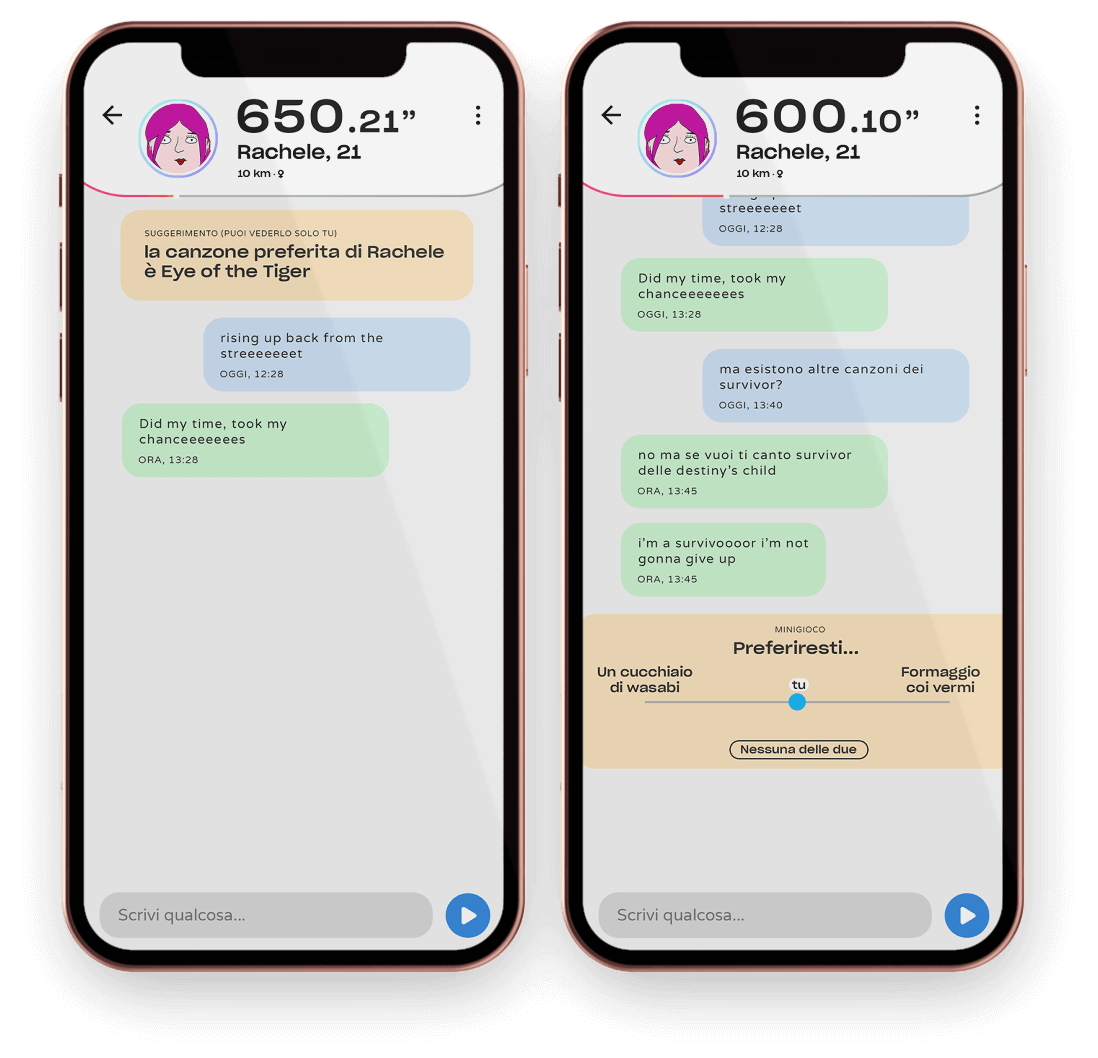
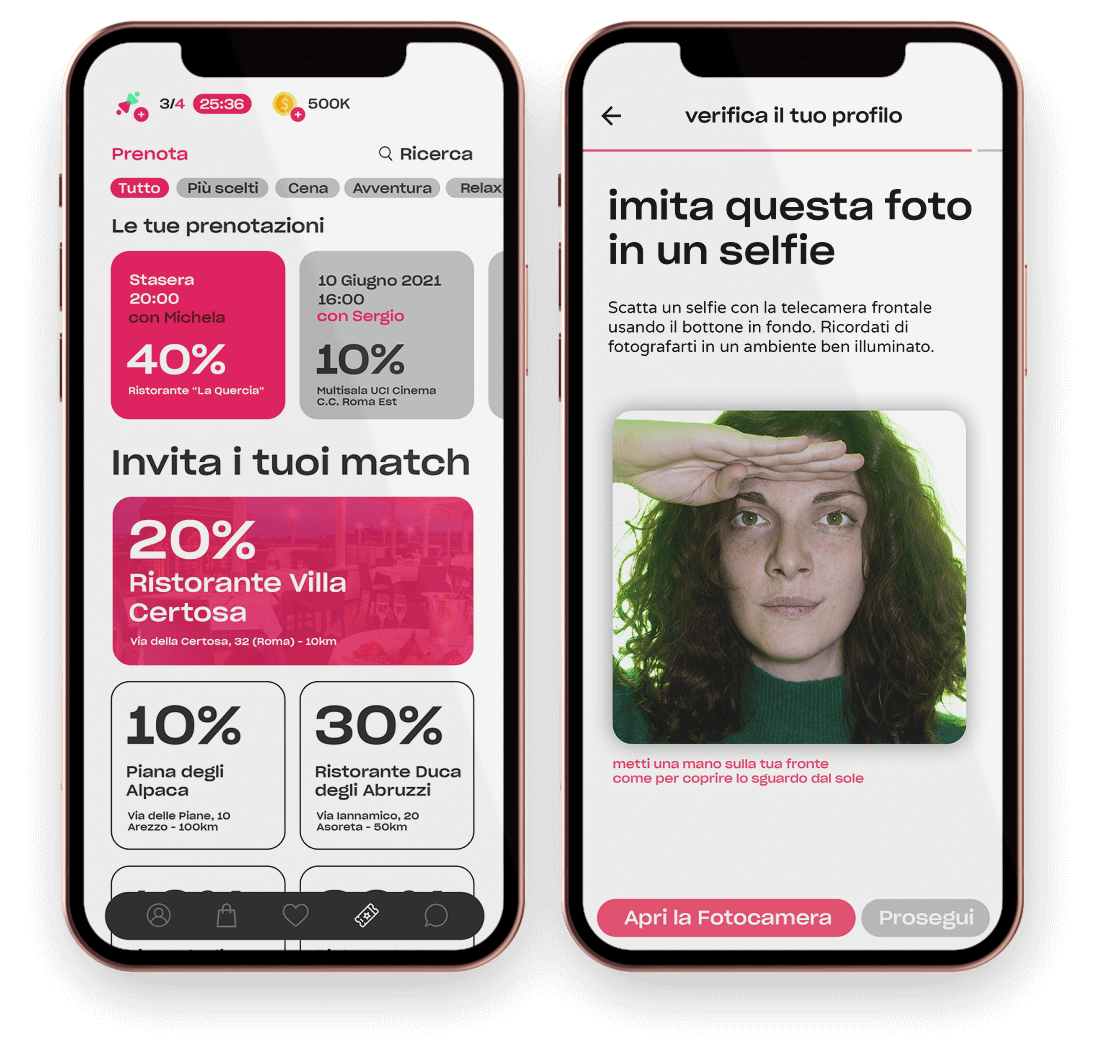













early design
early mockup draft designed during development
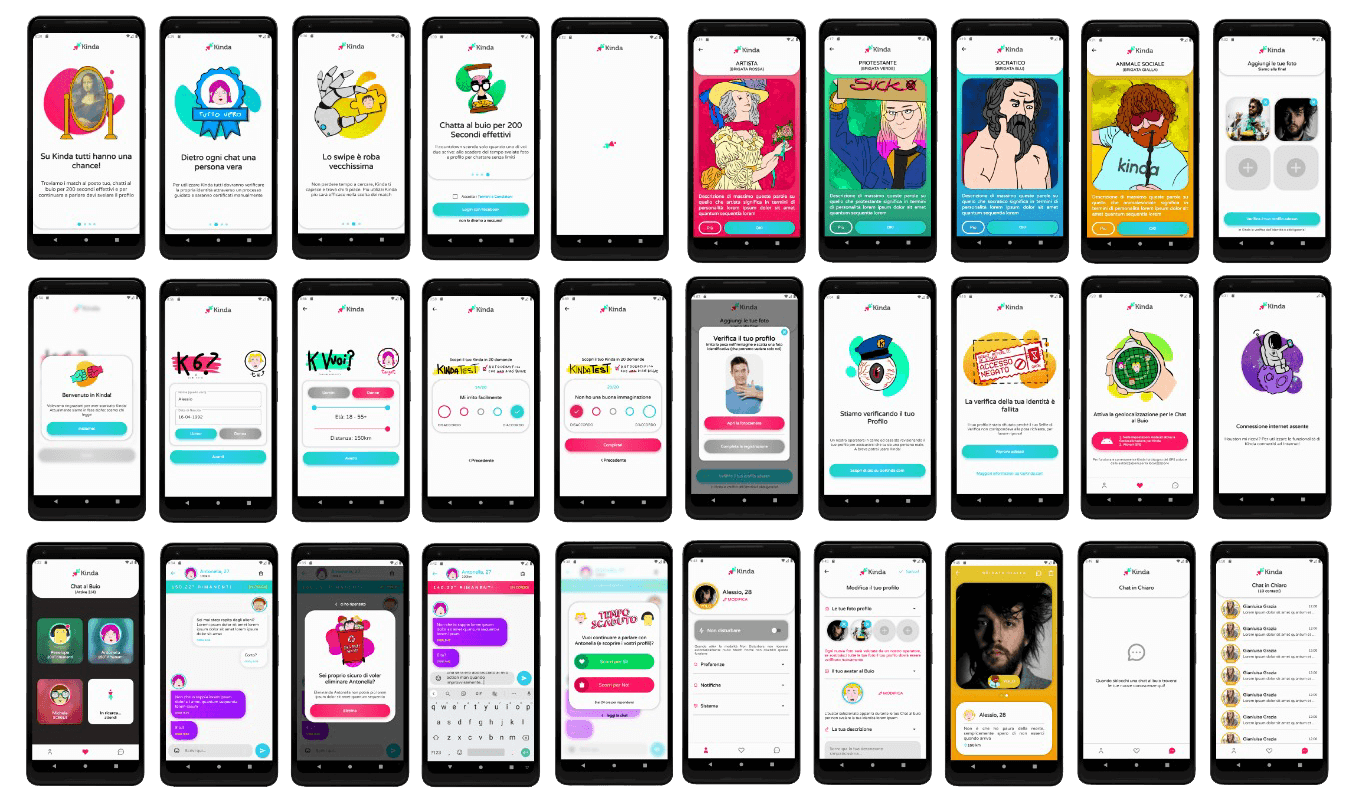
usability testing
public demo
To evaluate the efficacy of the app, an interactive demo was released.
Kinda's public beta demo saw a strong response, with over 3,000 people downloading and using the app. The results showed that users were highly engaged with the app, with an average of 30 minutes daily usage per user and 10 sessions per day. There were 500 active users daily, and users completed an average of 4 blind chats per day.
In a poll, users rated the service provided by Kinda 8 out of 10.
The main area identified for improvement was the disappointment that some users experienced after an enjoyable chat when their match deleted them after their profile was revealed. This led to frustration for some users and will be an important area to address in future iterations of the app.
Overall, the results of the public beta demo show strong potential for Kinda and highlight the importance of addressing user feedback and concerns.
in-app illustration
I drew these illustration used in Kinda app, user avatars and personality test results
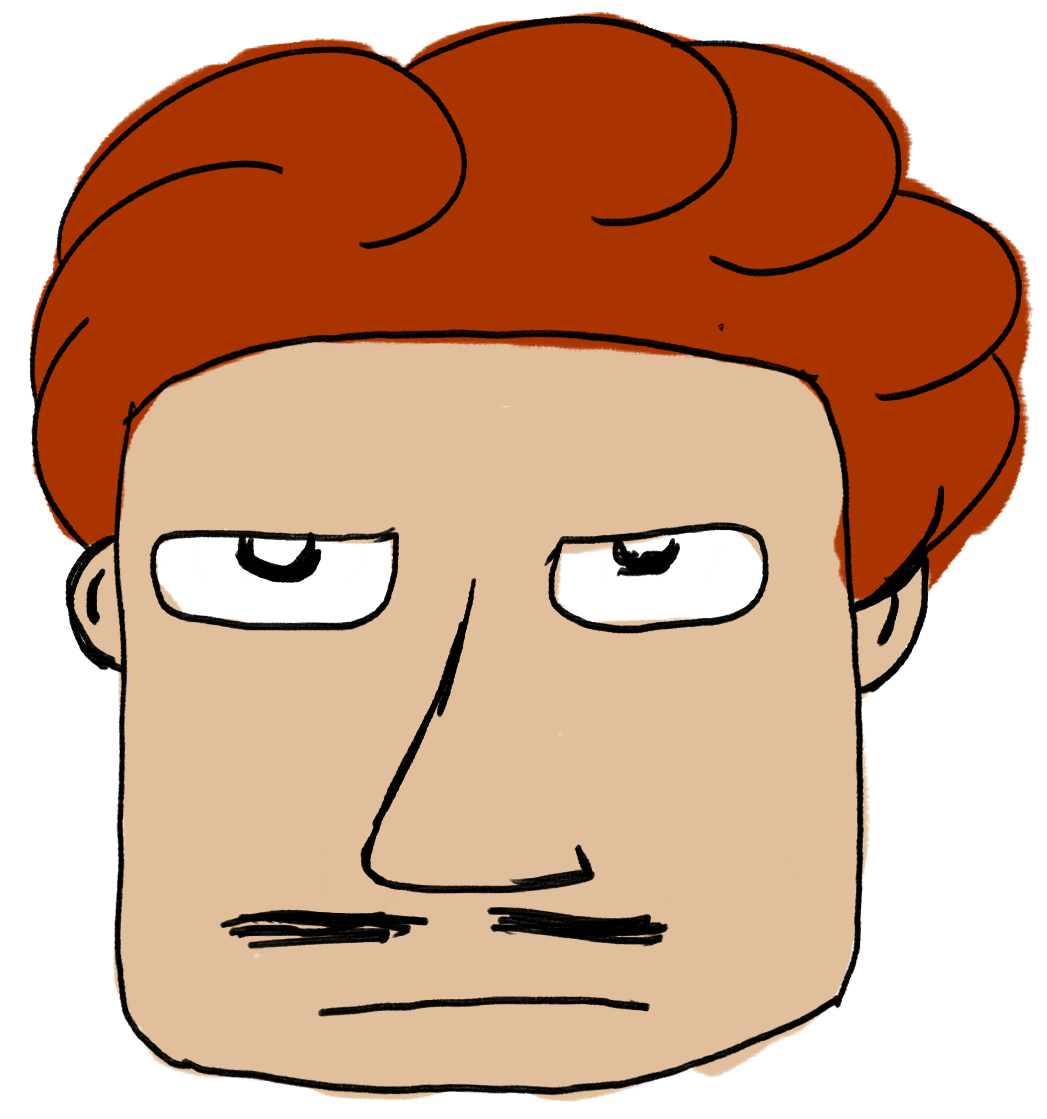
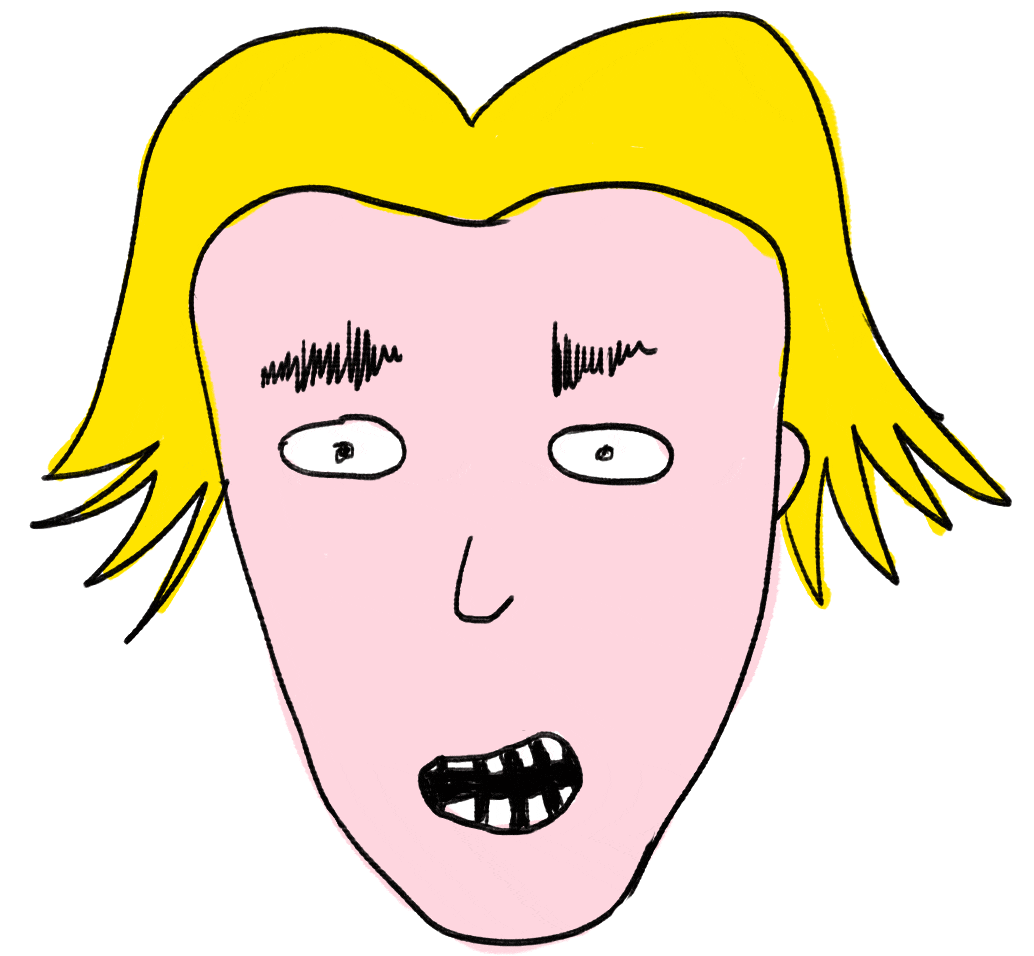
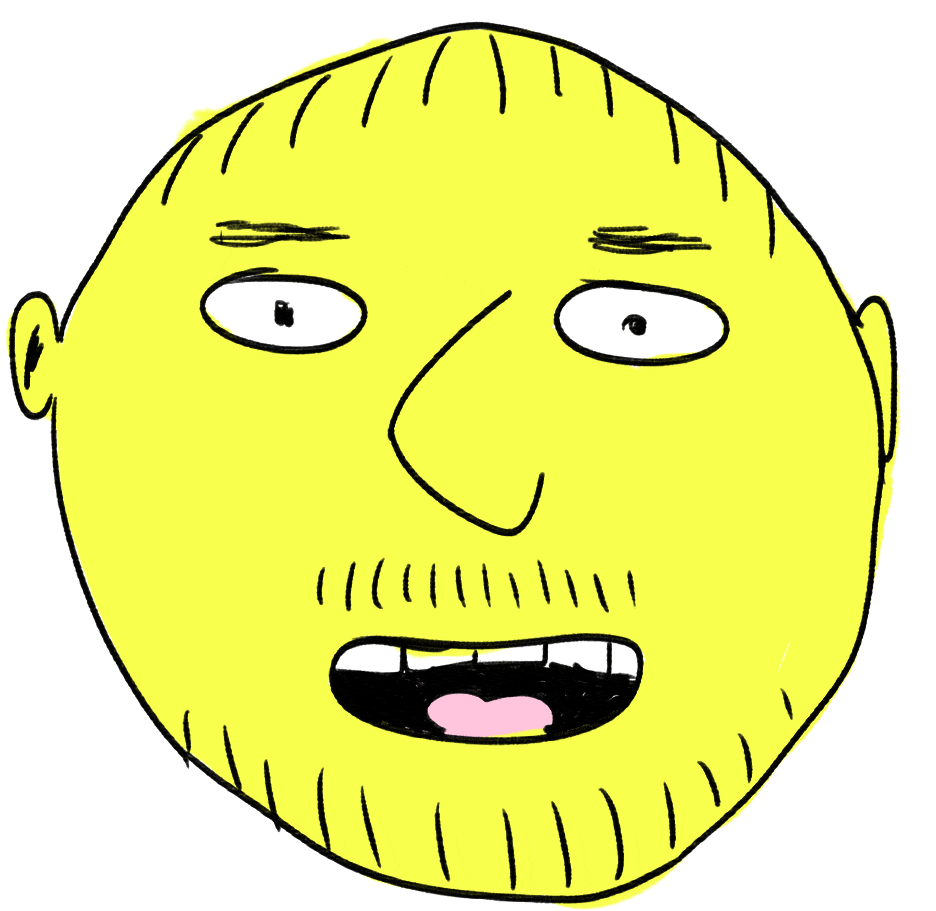
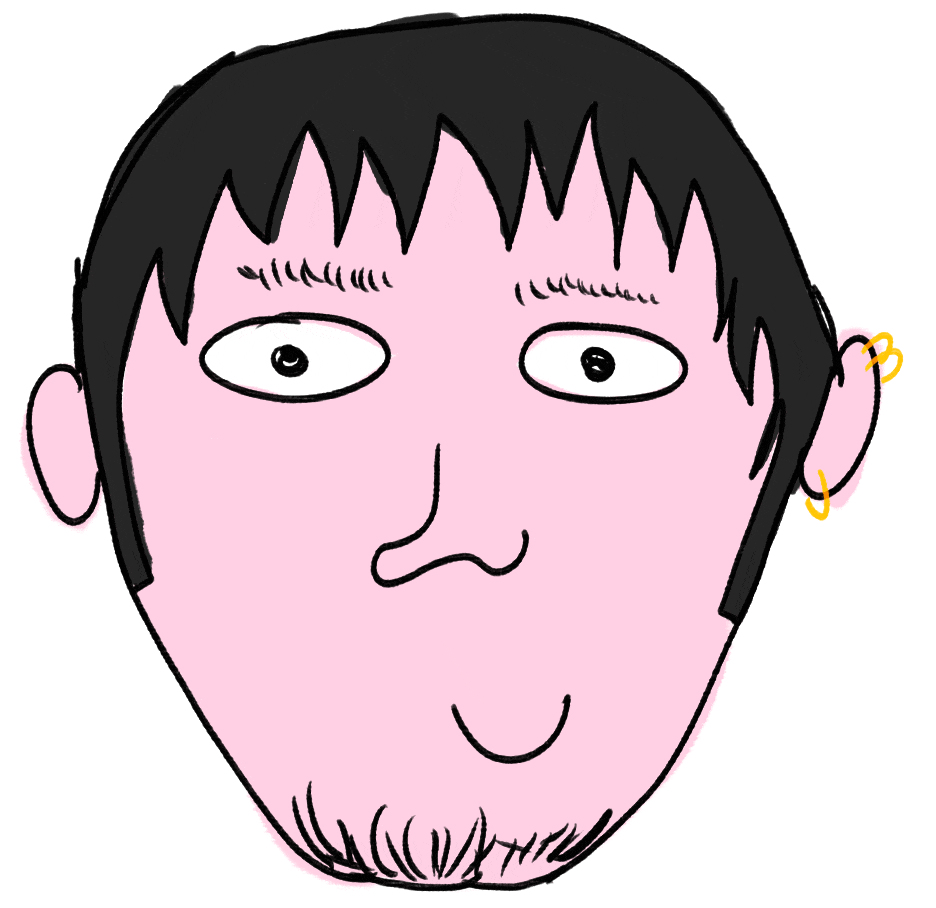
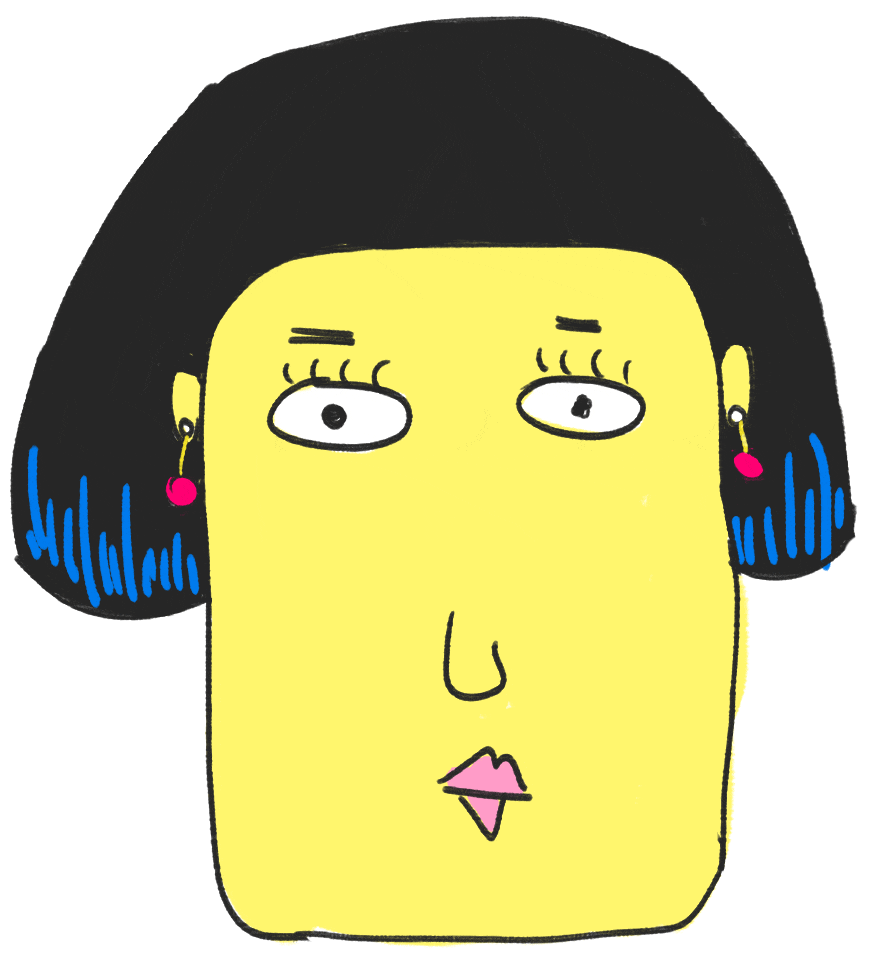

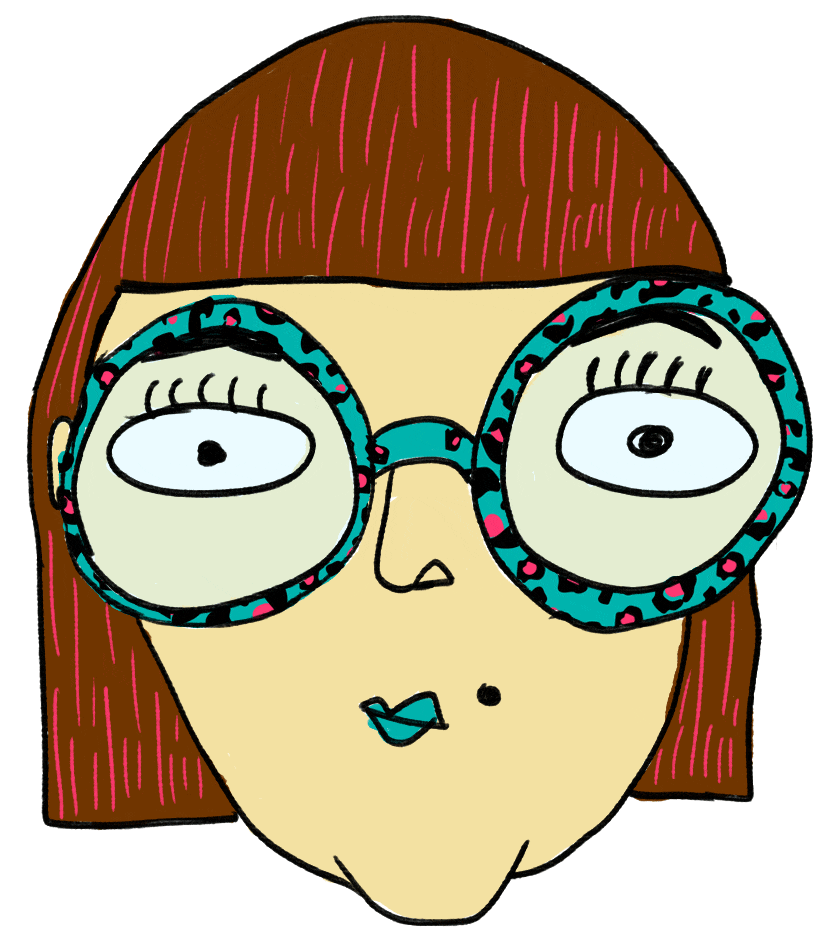

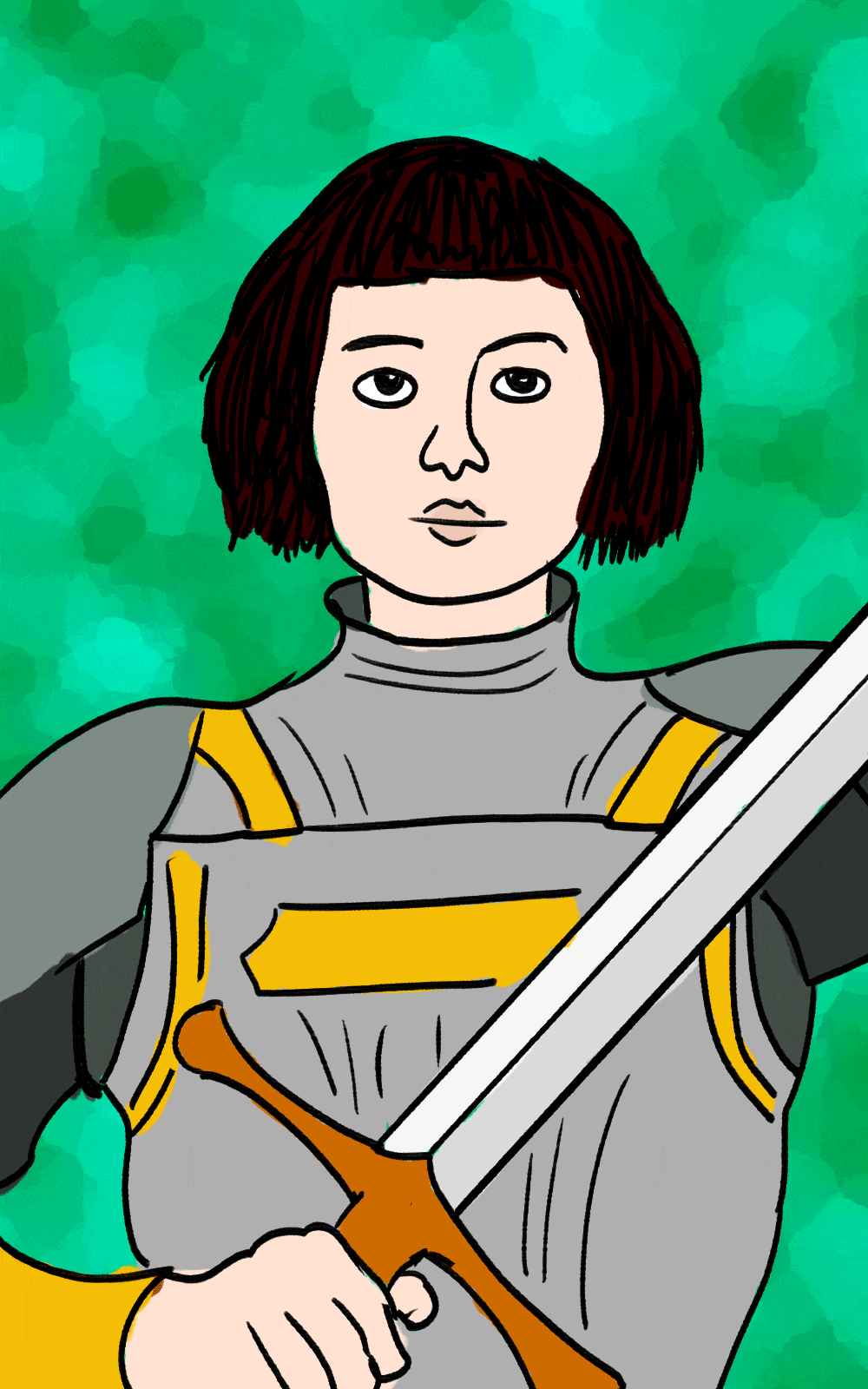

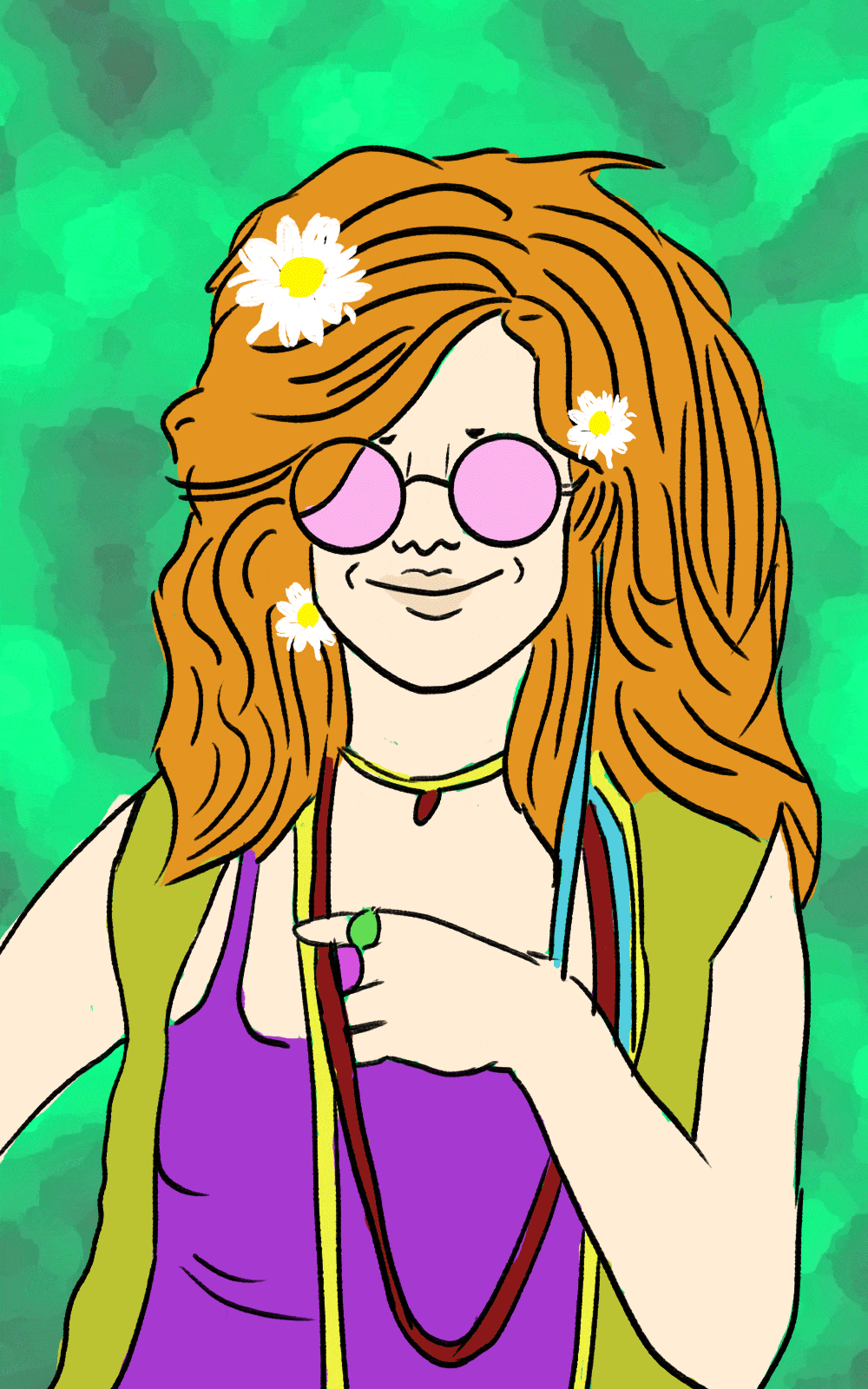
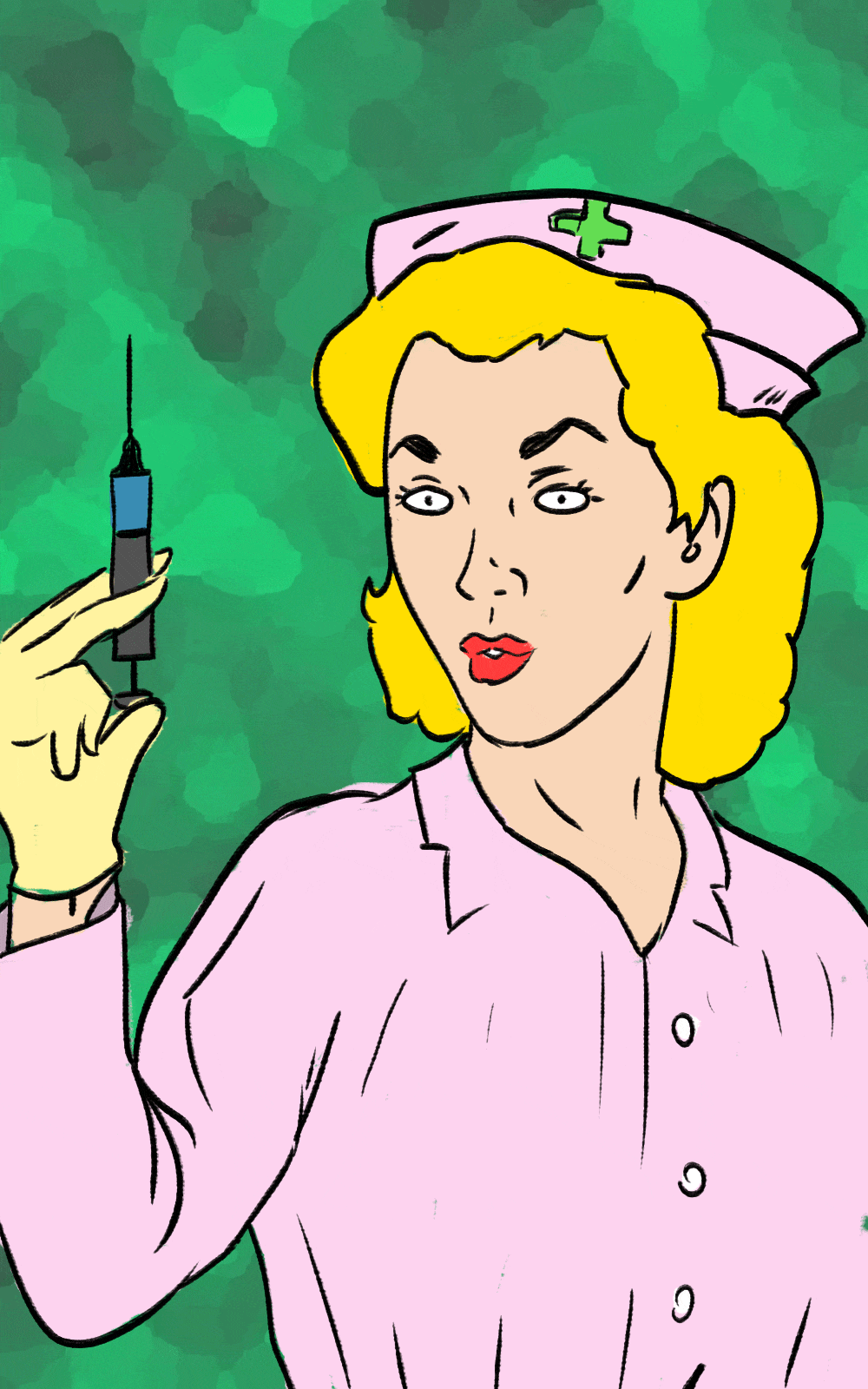
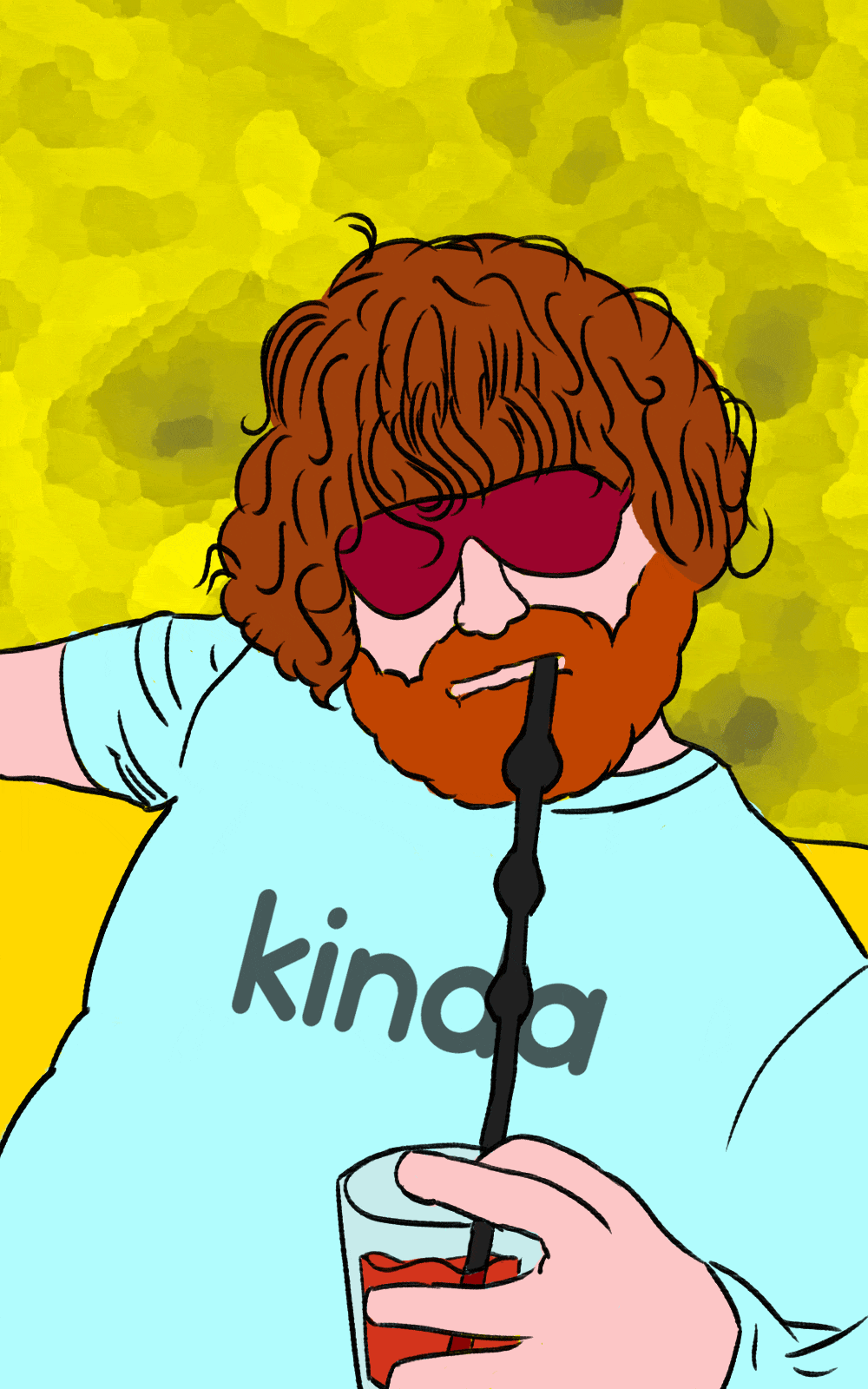
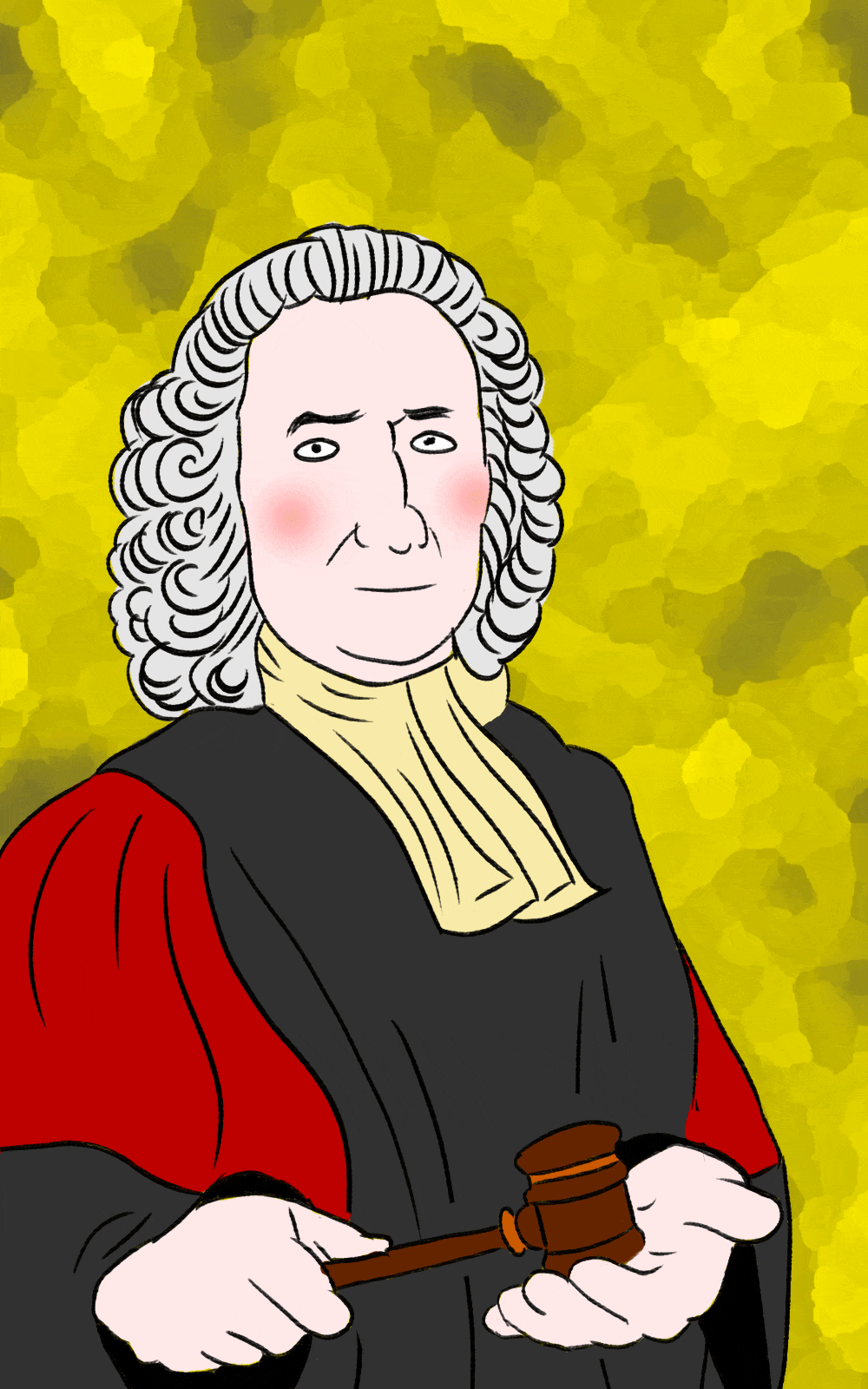
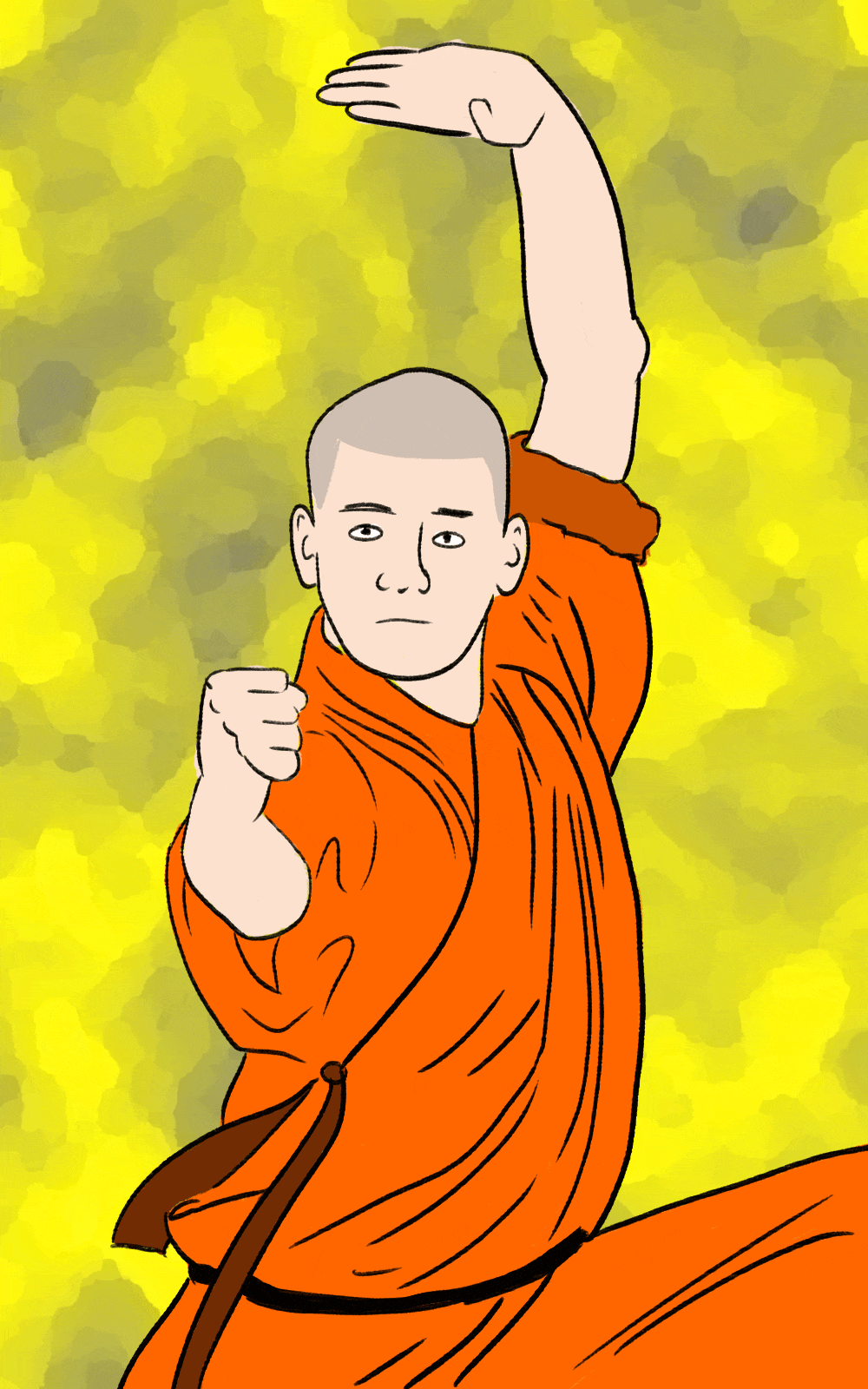

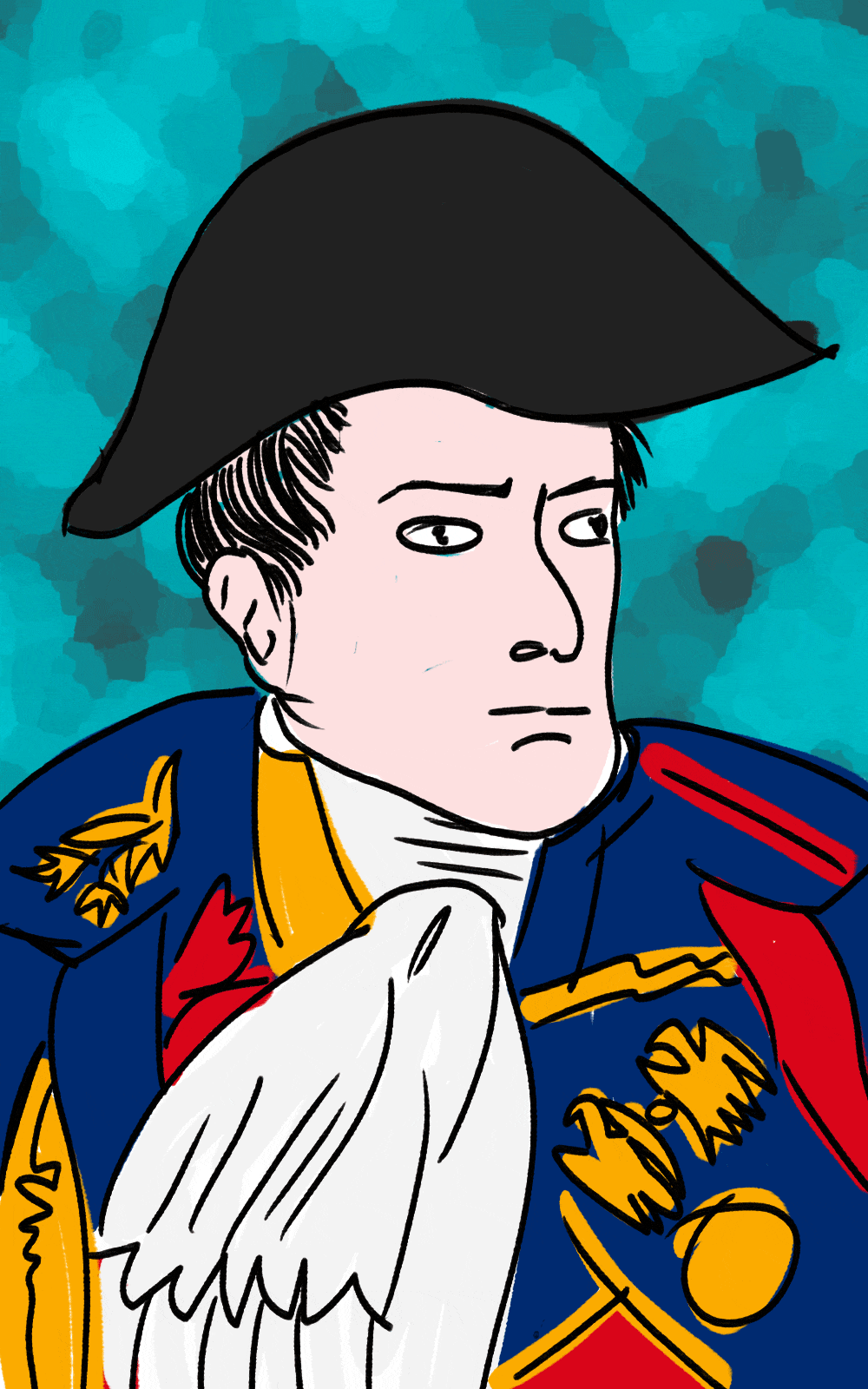


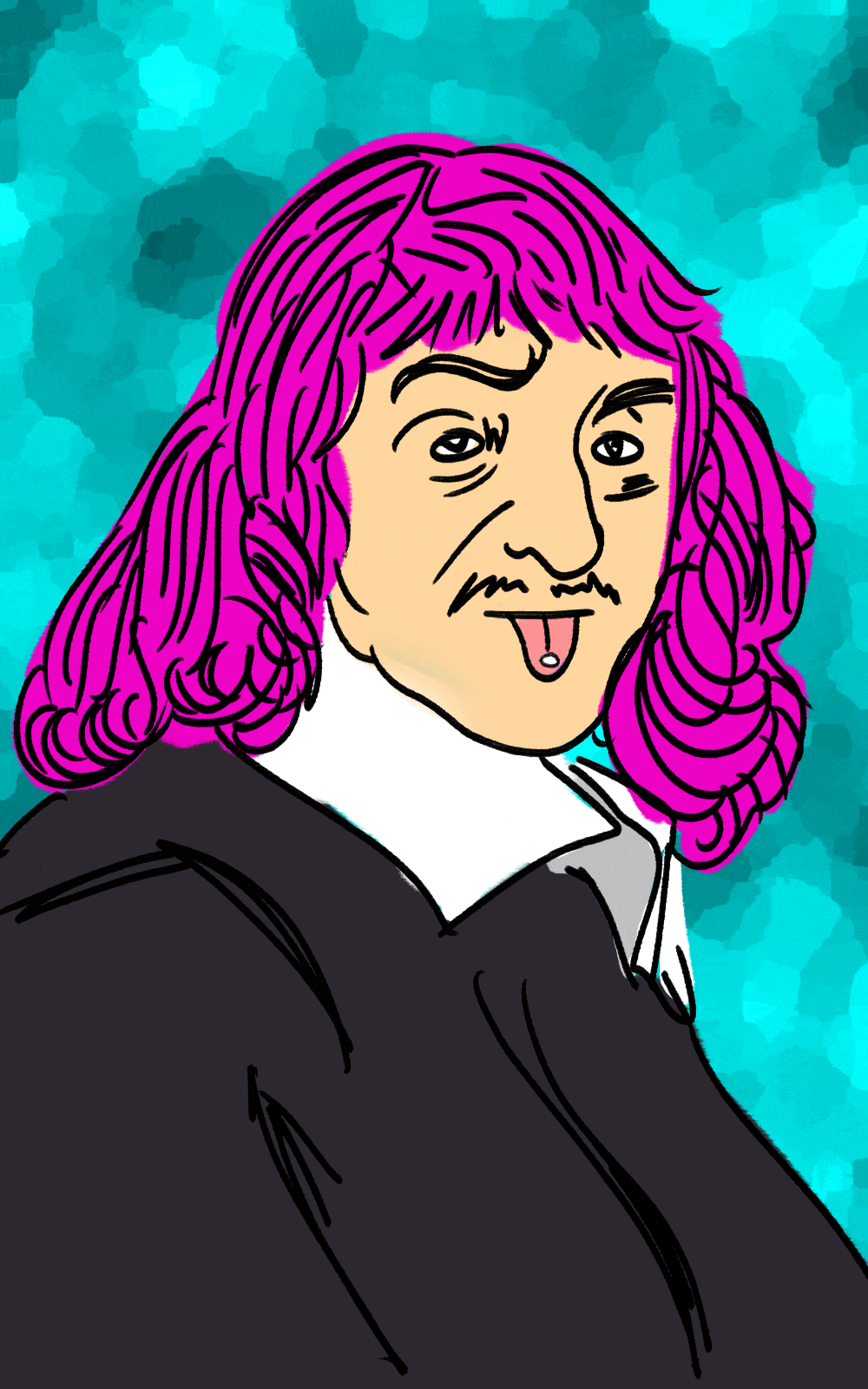
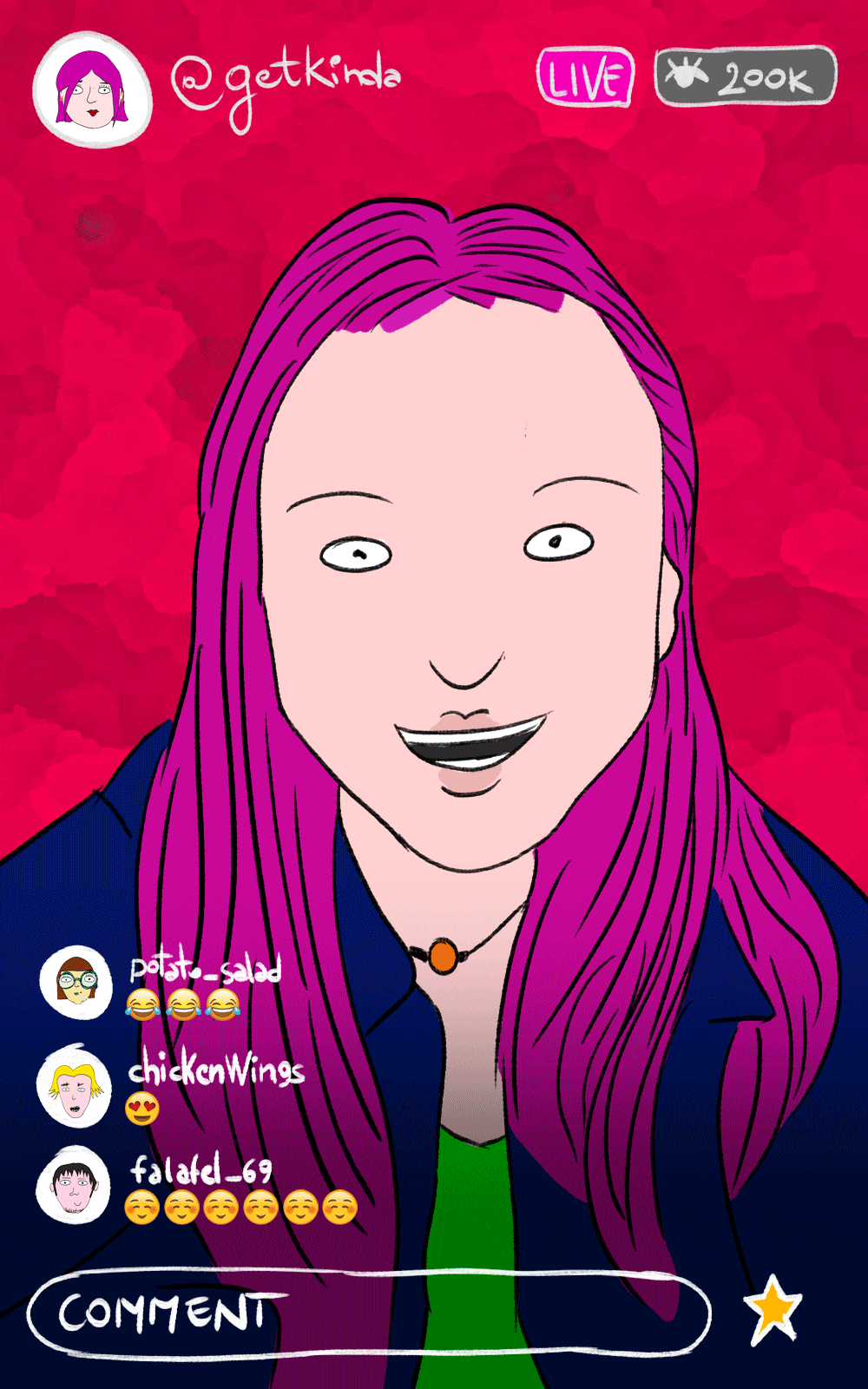

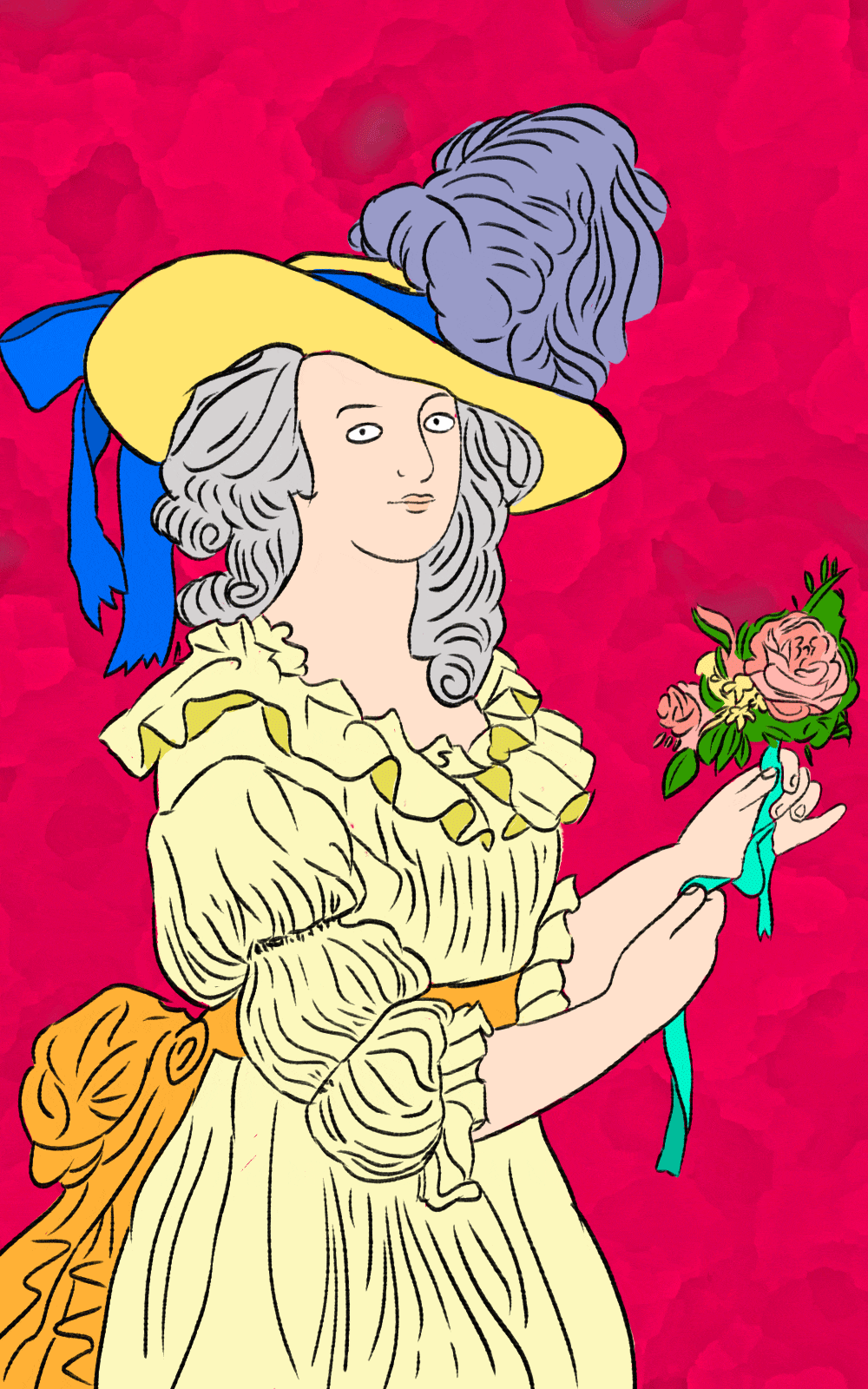
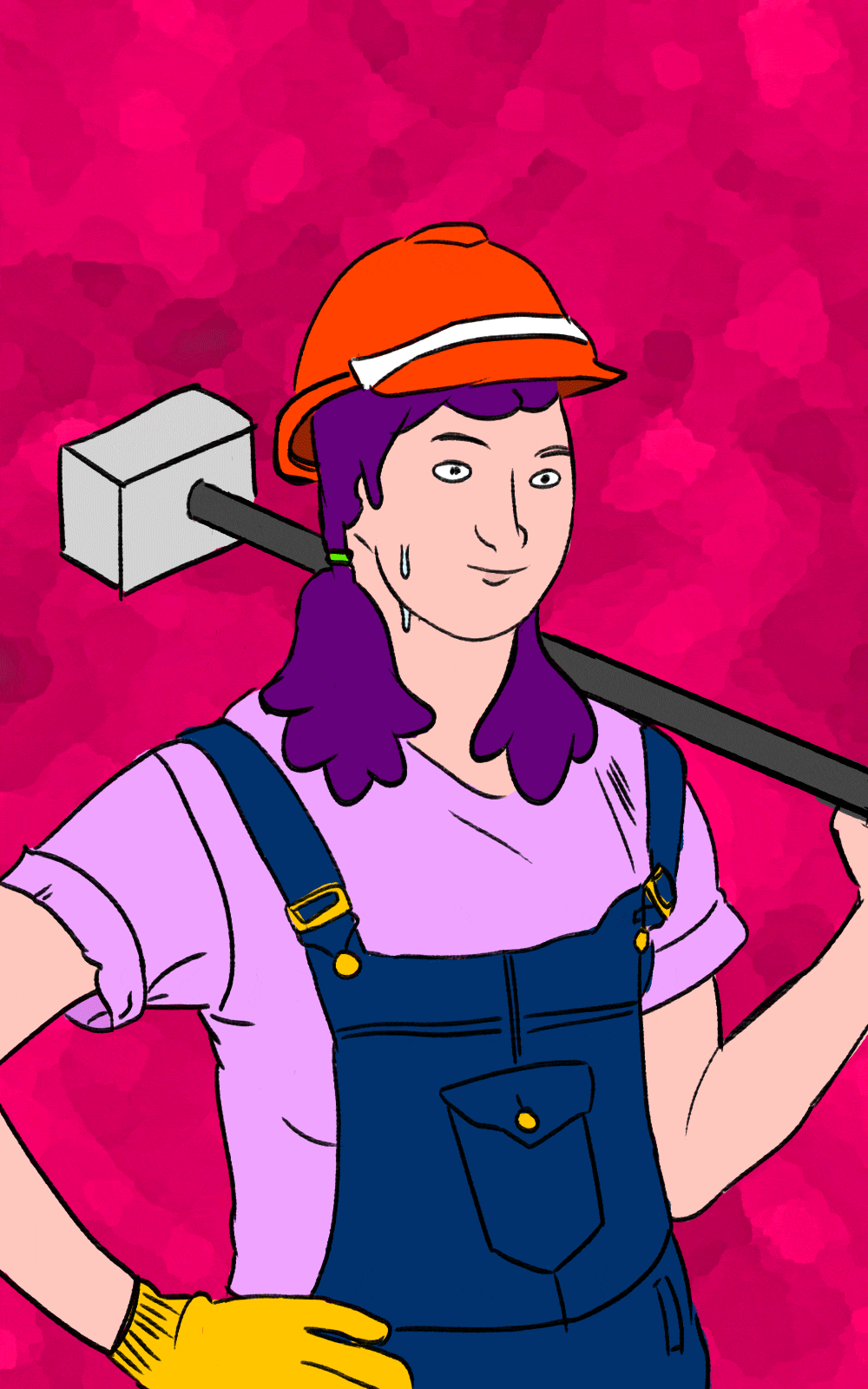
graphic design
I designed many contents for Kinda's marketing, social pages and various online pages.
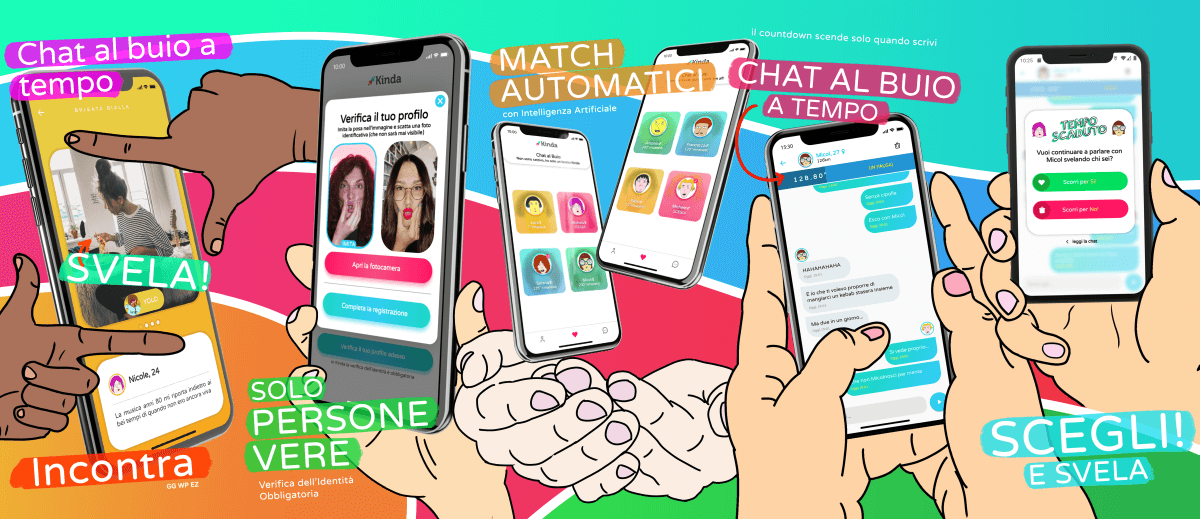
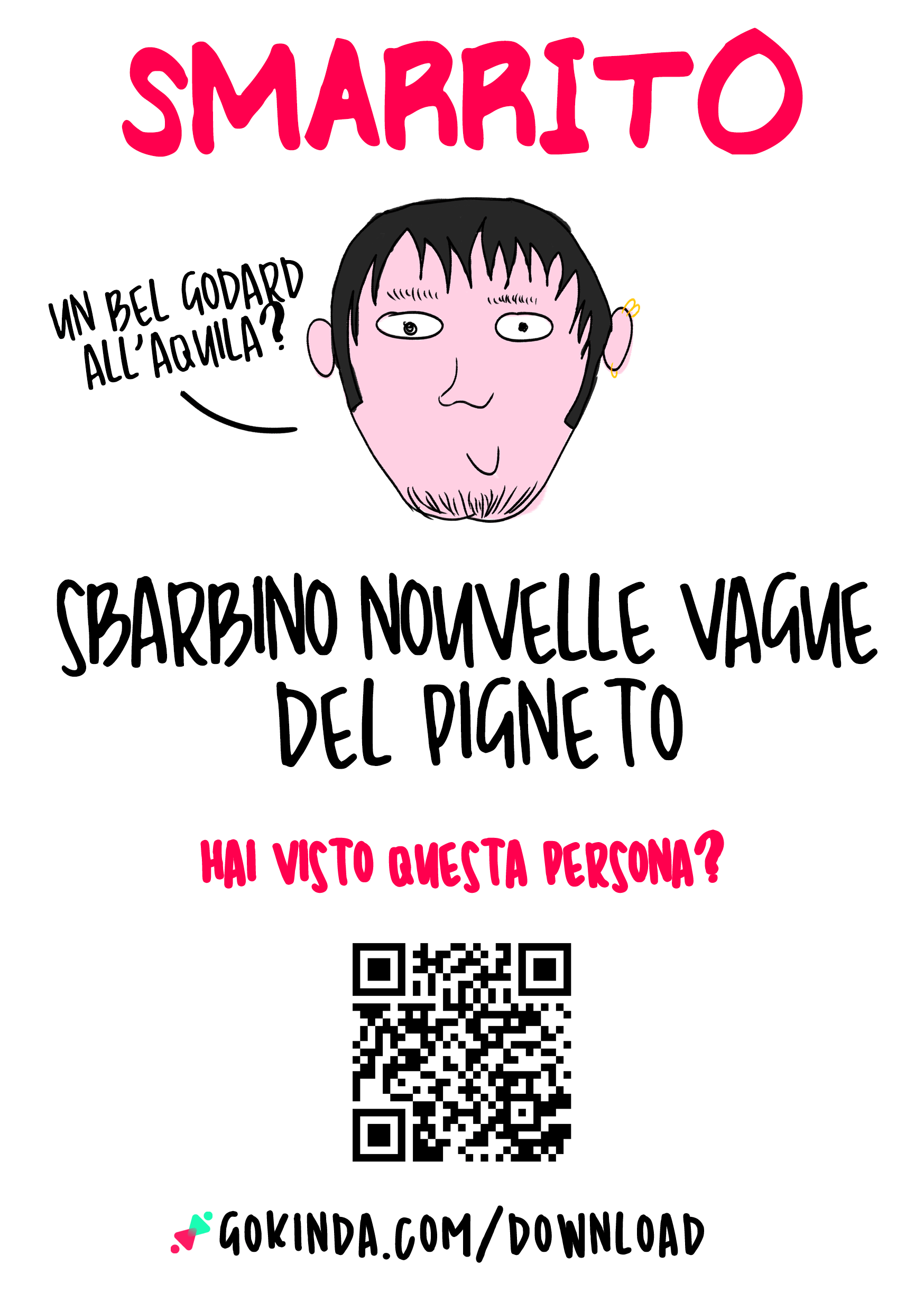
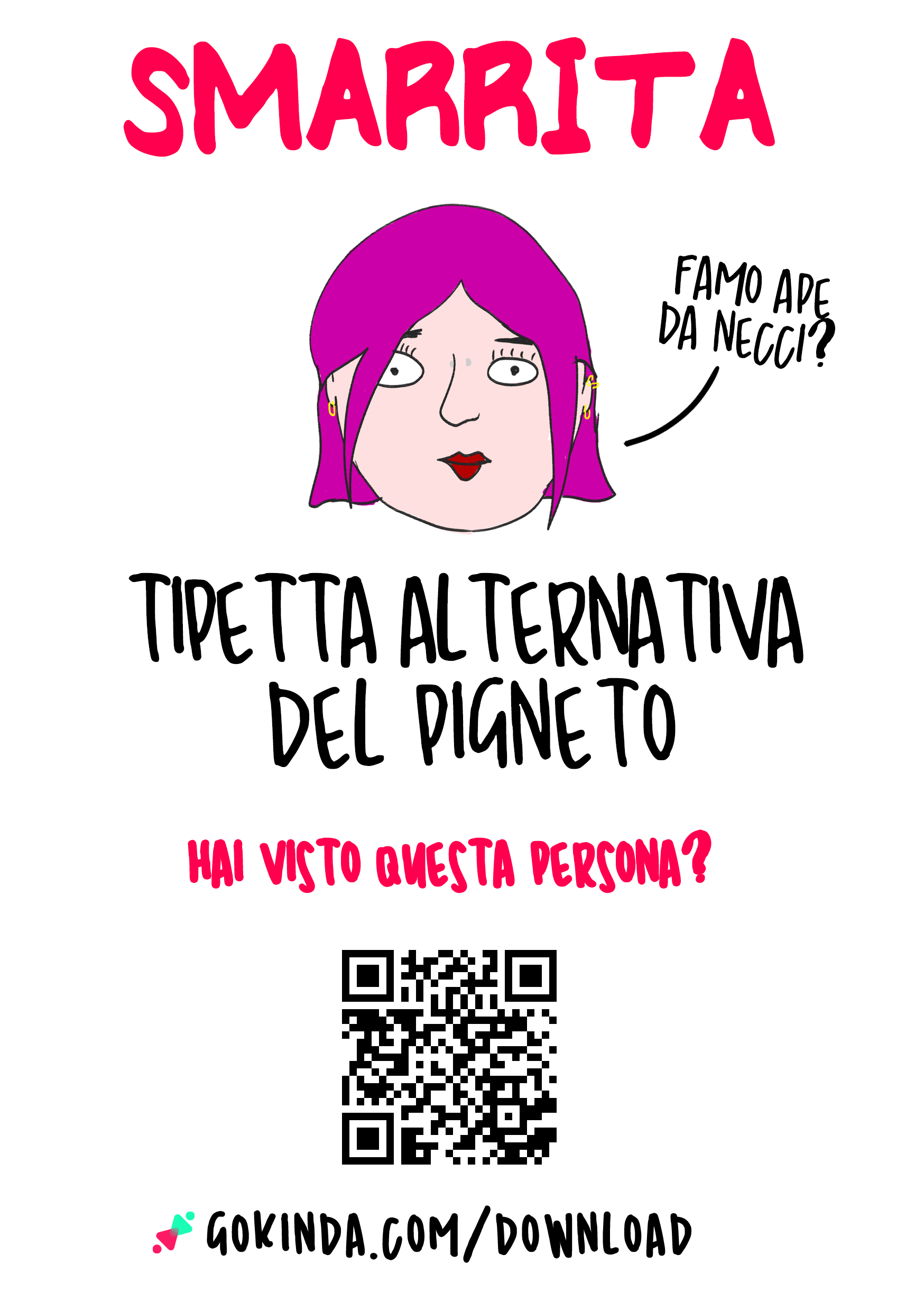


social media
I designed social media ads, posts, copywriting and set the tone with an overlook on the whole marketing direction for a period of over six months.
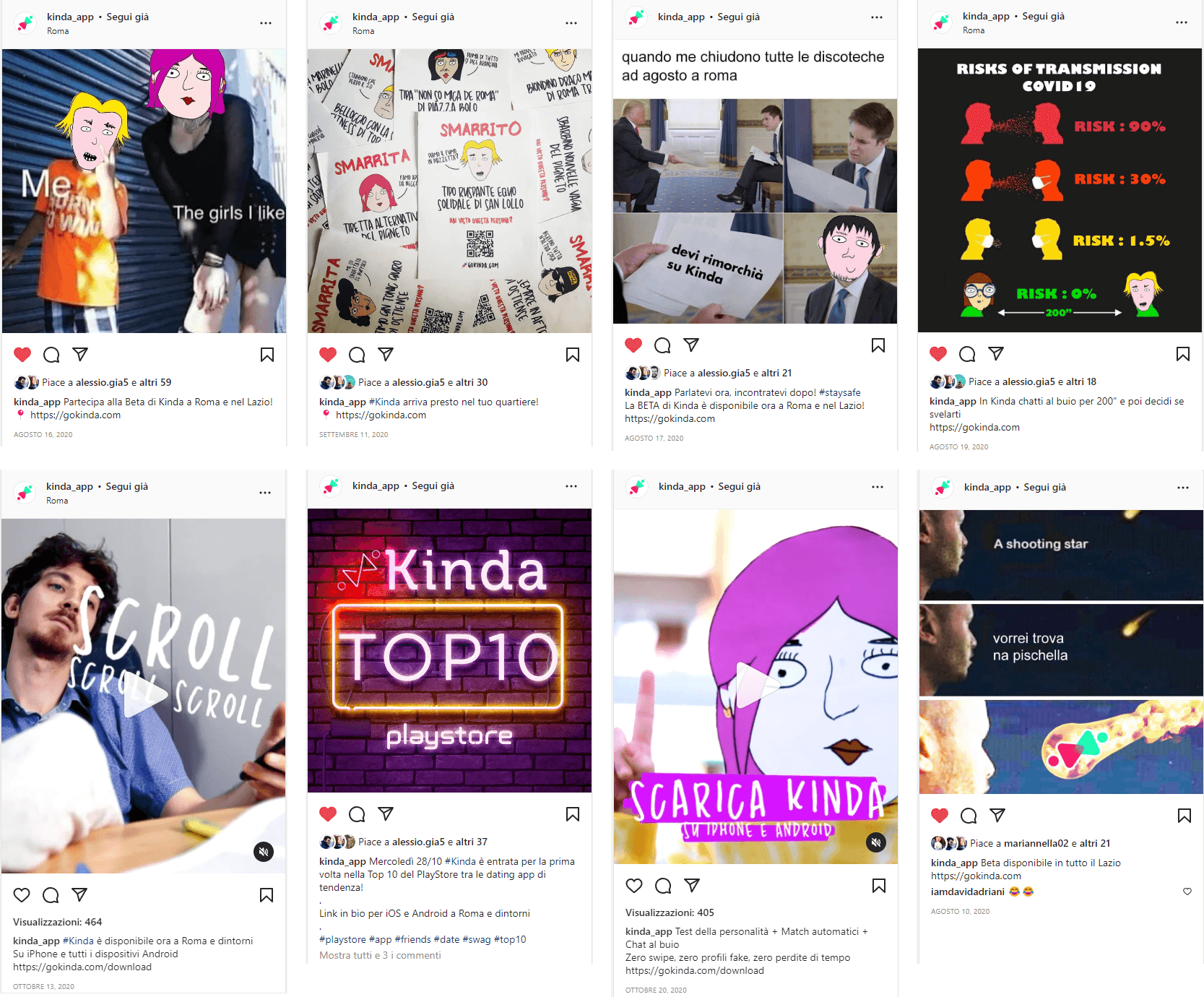
adverts
I wrote and shot these ads for Kinda's marketing campaign and social pages
misc
spark AR filter
For marketing purposes, I've designed and coded a filter in Meta's Spark AR Tool. This filter tracked the user's face and applied one of the "blind avatars" available in Kinda's app.
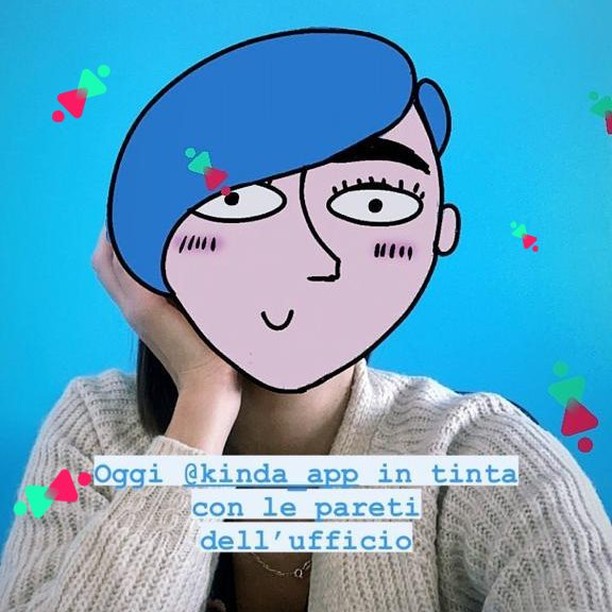
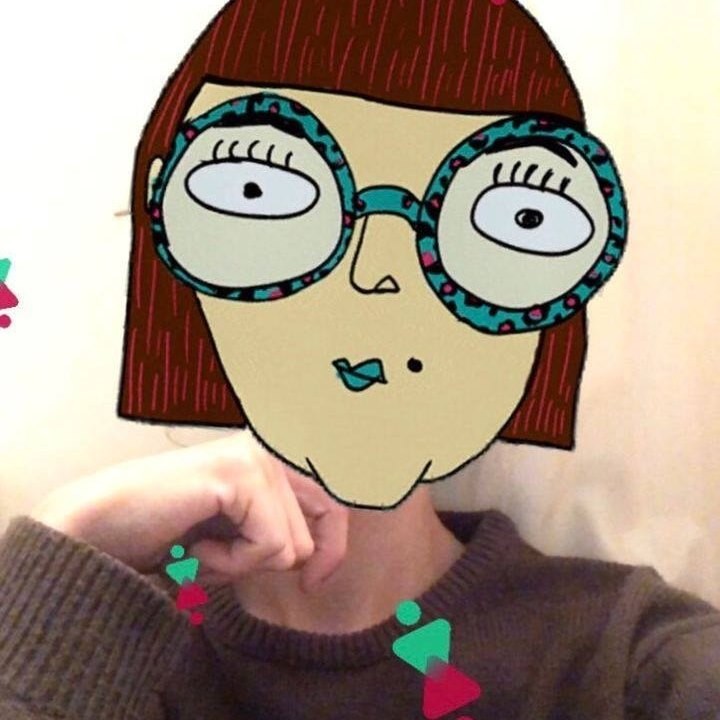


slide deck
During the years in Kinda I've designed many slide decks with different goals and for different audiences. Here's the latest.
conclusion
As the lead UX designer for the Kinda project, I have gained a deep understanding of the app and its unique features and benefits. The strong response to the public beta demo, with over 3,000 downloads and high levels of engagement, suggests that there is significant potential for the app in the market. However, user feedback also highlighted the need to address issues such disappointment after profile's reveal.
One of the key lessons I learned from this project was the intricate nature of designing new products that require a high level of user commitment. It is only through understanding the needs and experiences of the user that we can provide the necessary support and guidance throughout the process.
next steps
Moving forward, the next steps for the Kinda project include refining the design and user experience based on the feedback and data collected during the public beta demo. This may involve making improvements to the matching algorithm, incorporating additional features to enhance user satisfaction and connection, and addressing user concerns around profiles reveal. Additionally, further market research and competitive analysis will be necessary to ensure that the app is well-suited to the needs and preferences of its target audience and has a strong competitive advantage in the market.

